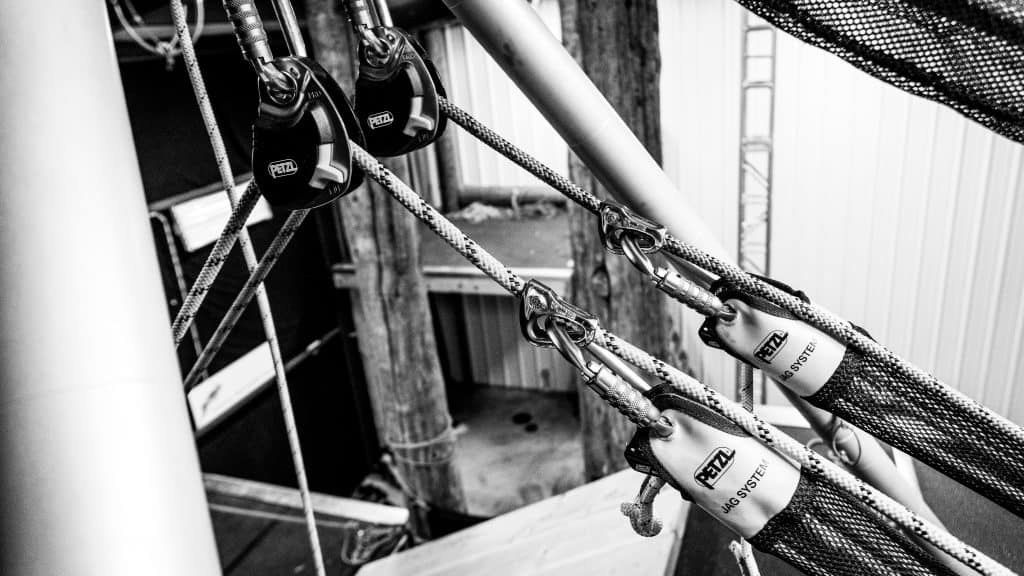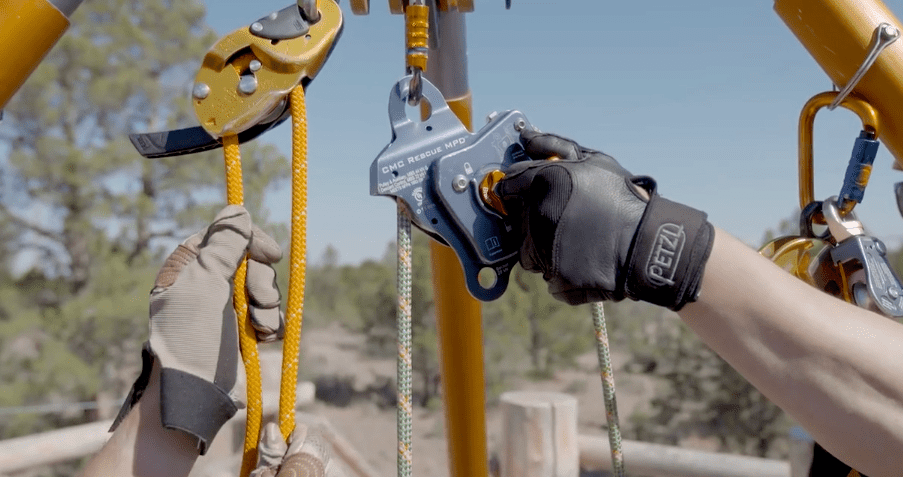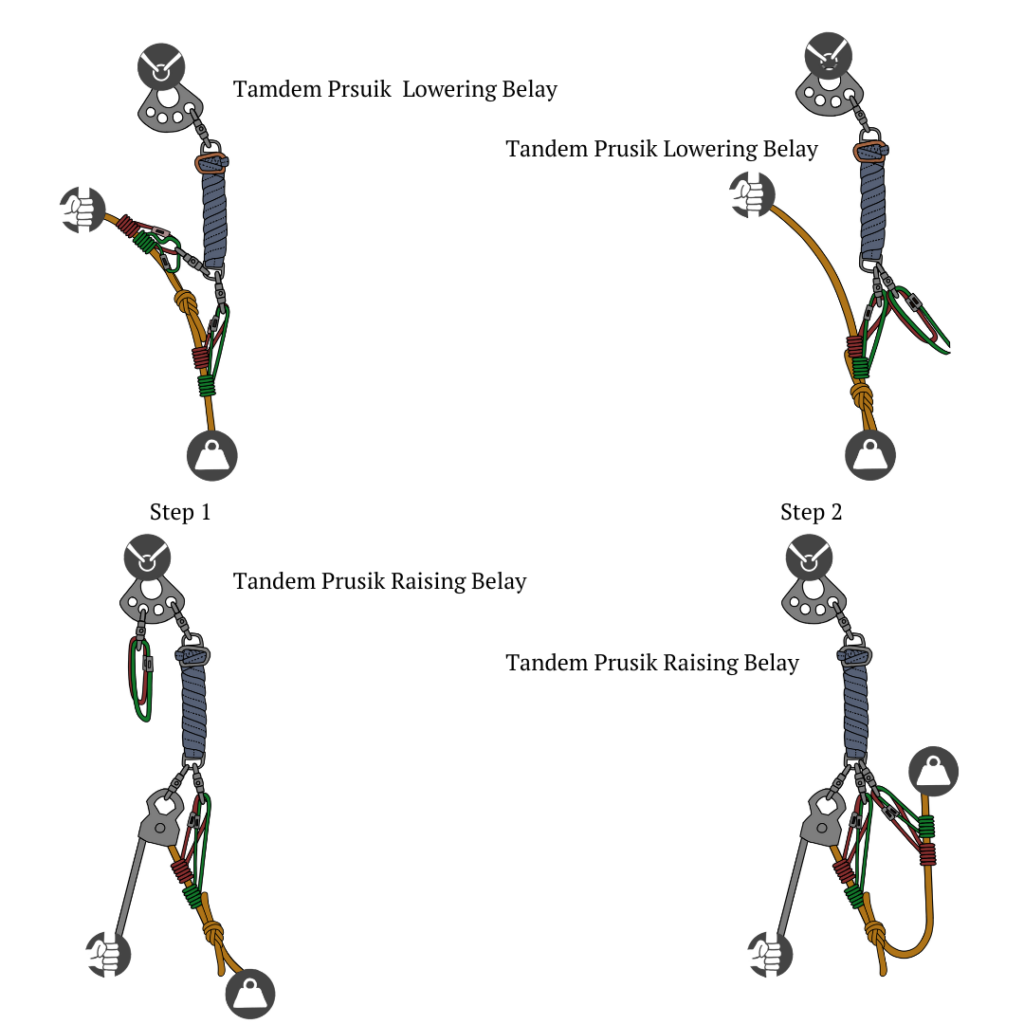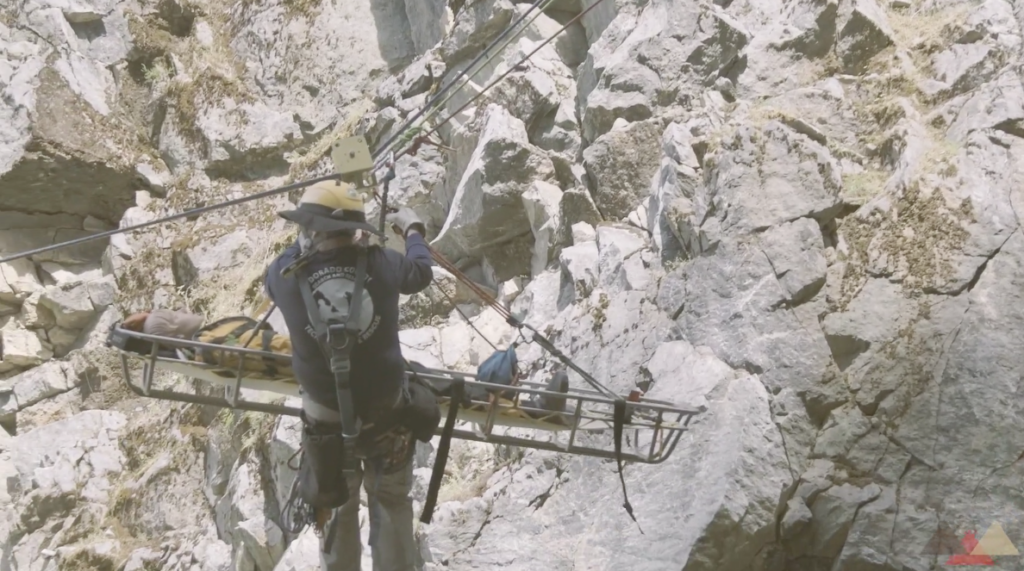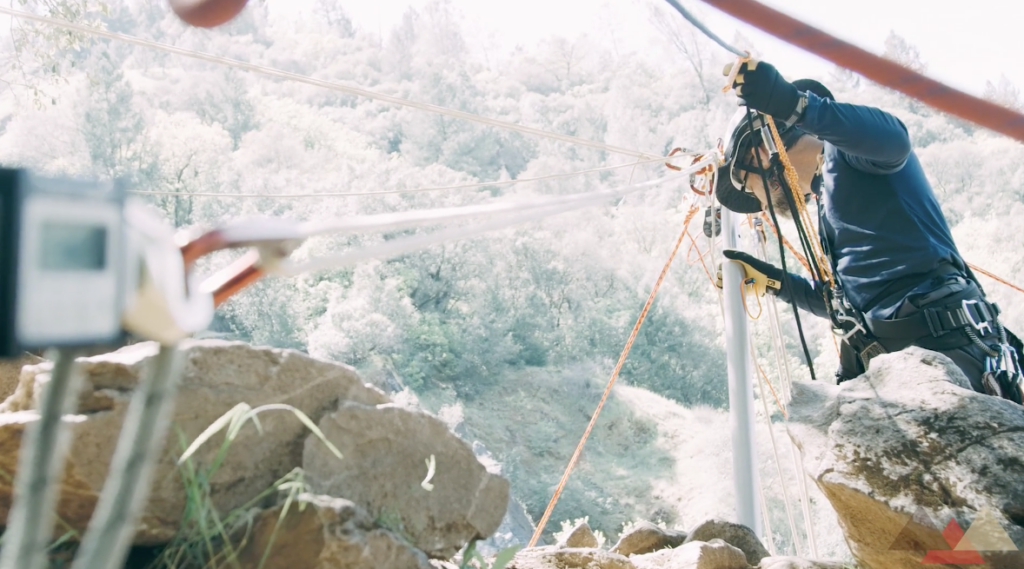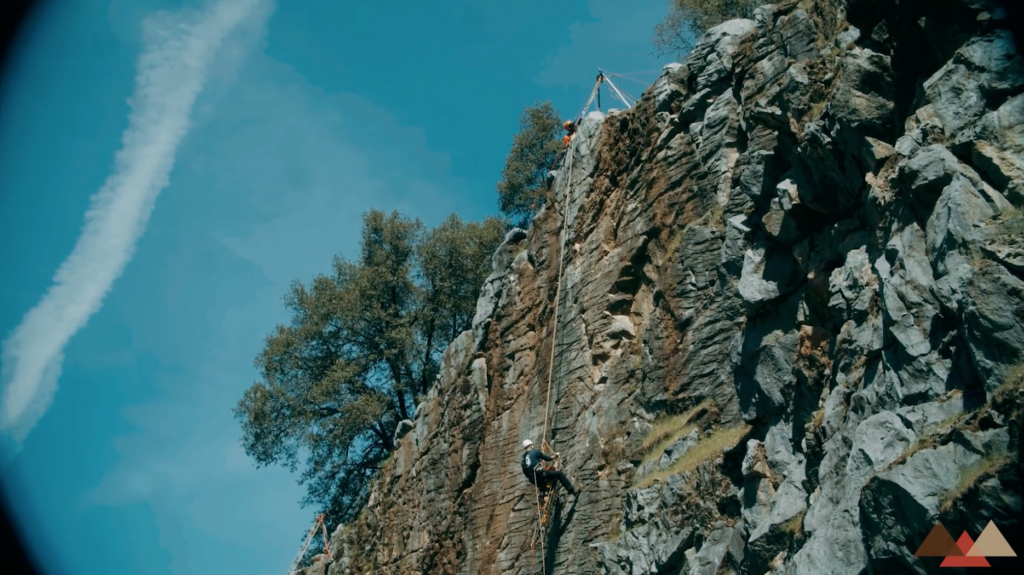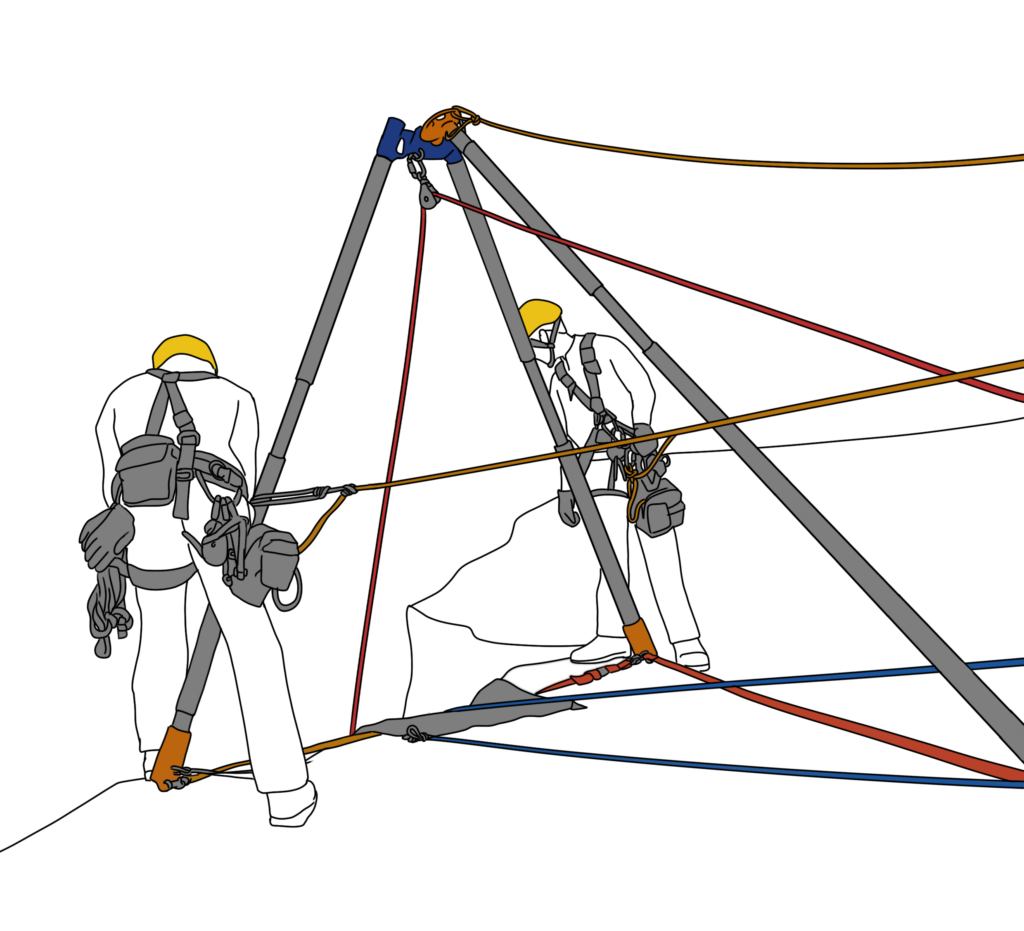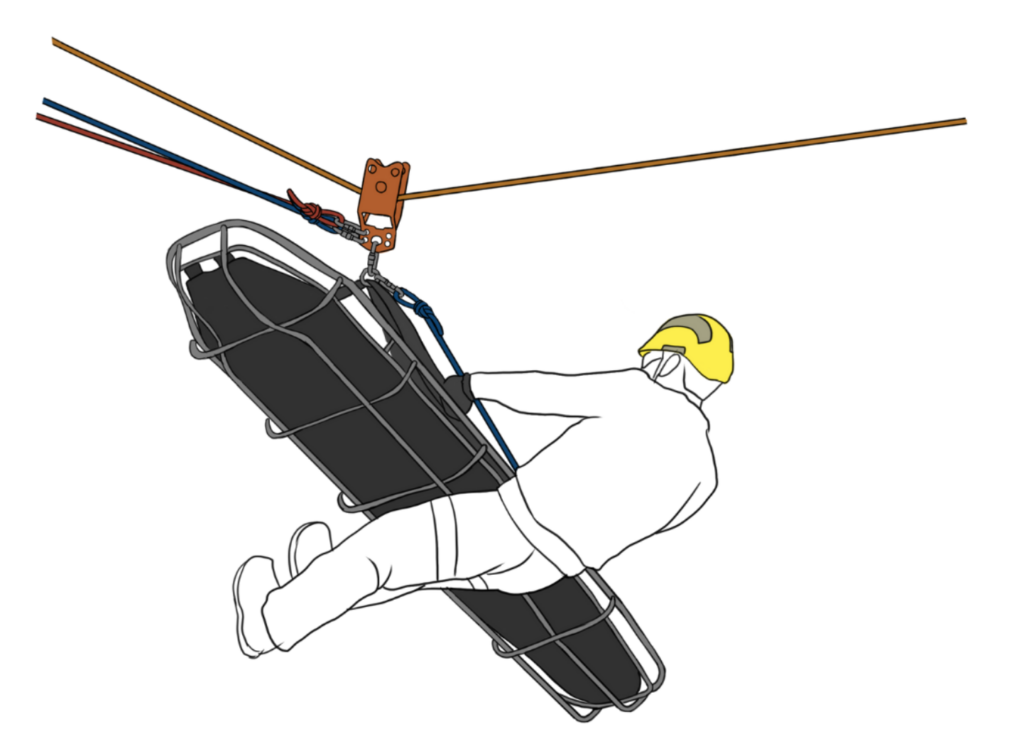Confined Space Rescue Technician | Advanced Techniques and Equipment
Confined space rescue at the technician level involves advanced skills and specialized equipment to manage the most challenging scenarios. This blog covers critical aspects of mastering confined space rescue technician operations, focusing on the use of supplied air respirators, short spinal packaging devices, and complex rigging systems. The Use of Supplied Air Respirators Supplied air […]
Confined Space Rescue Technician | Advanced Techniques and Equipment Read More »

